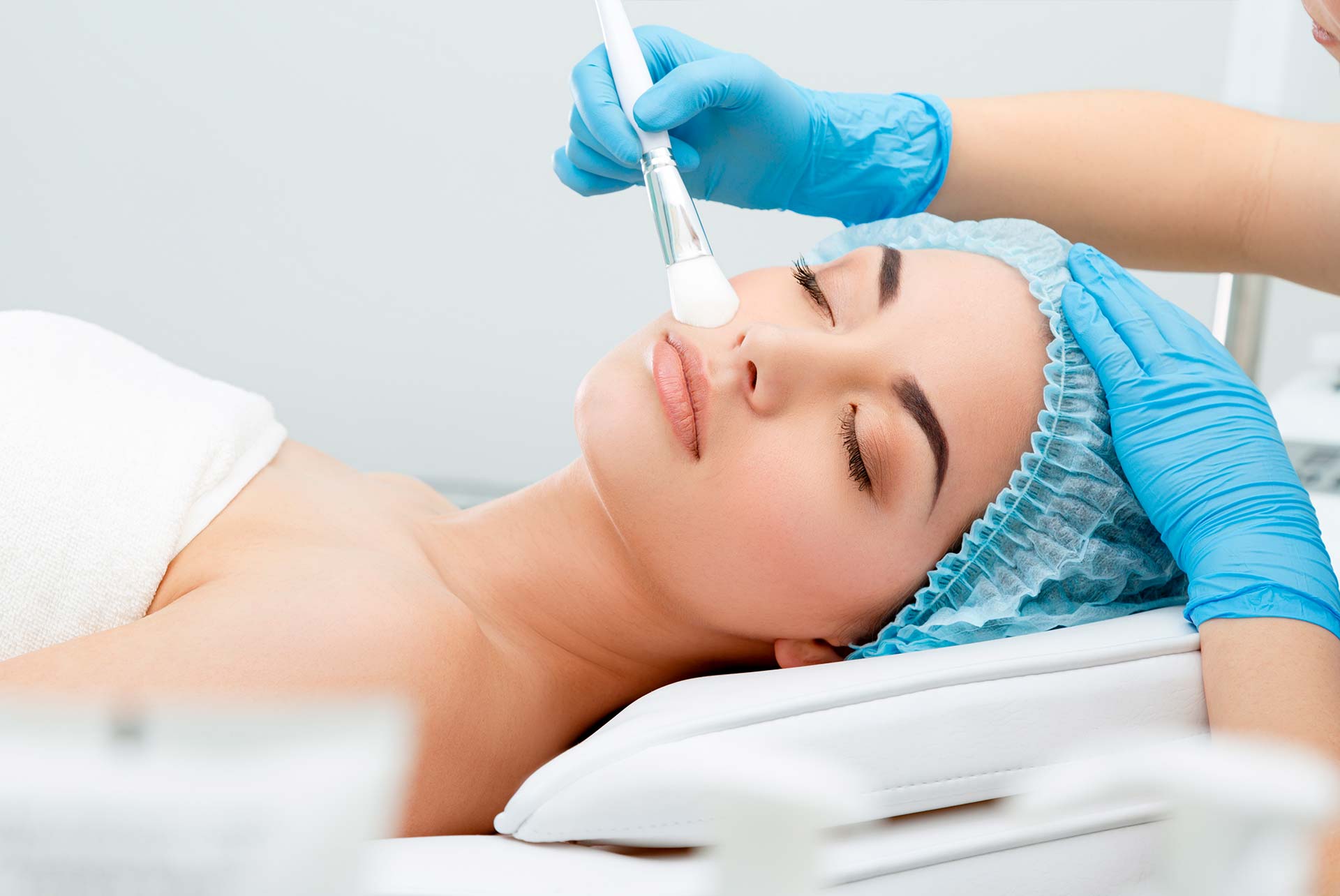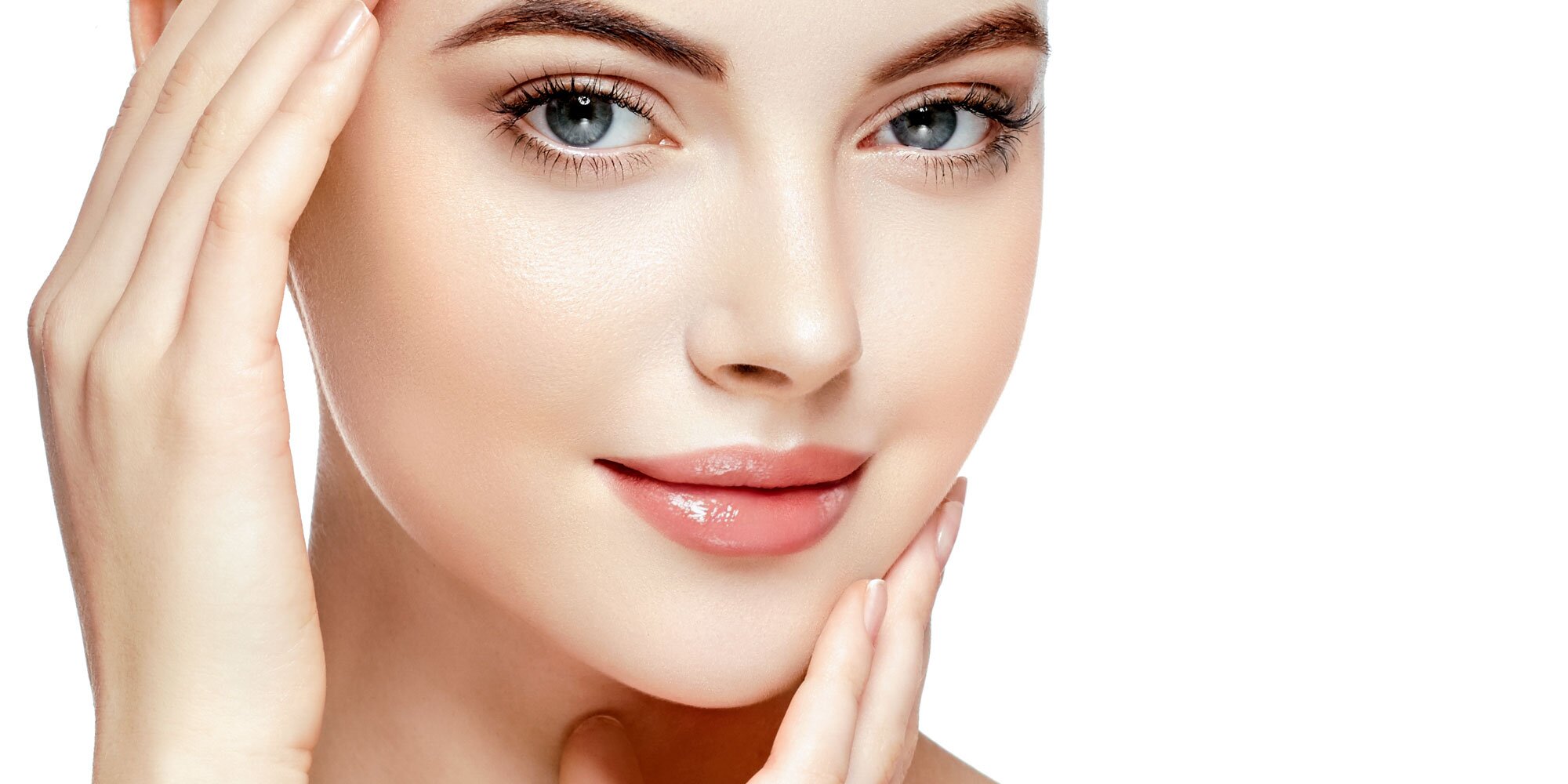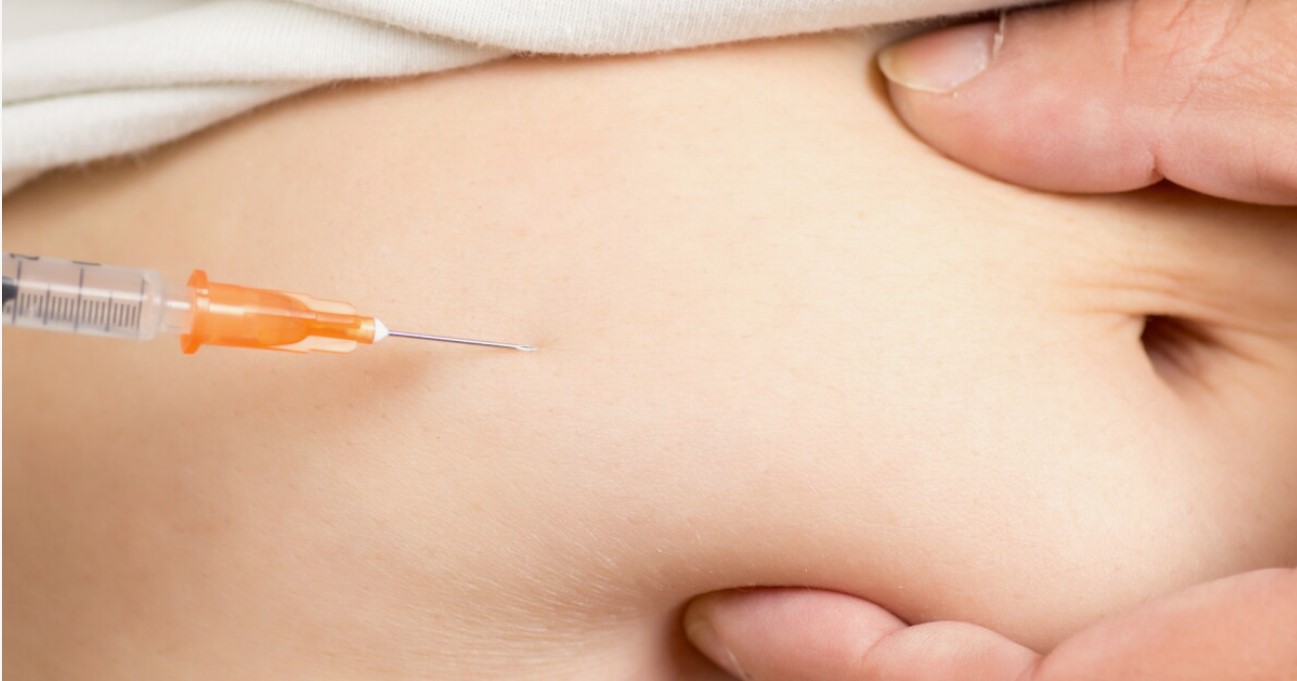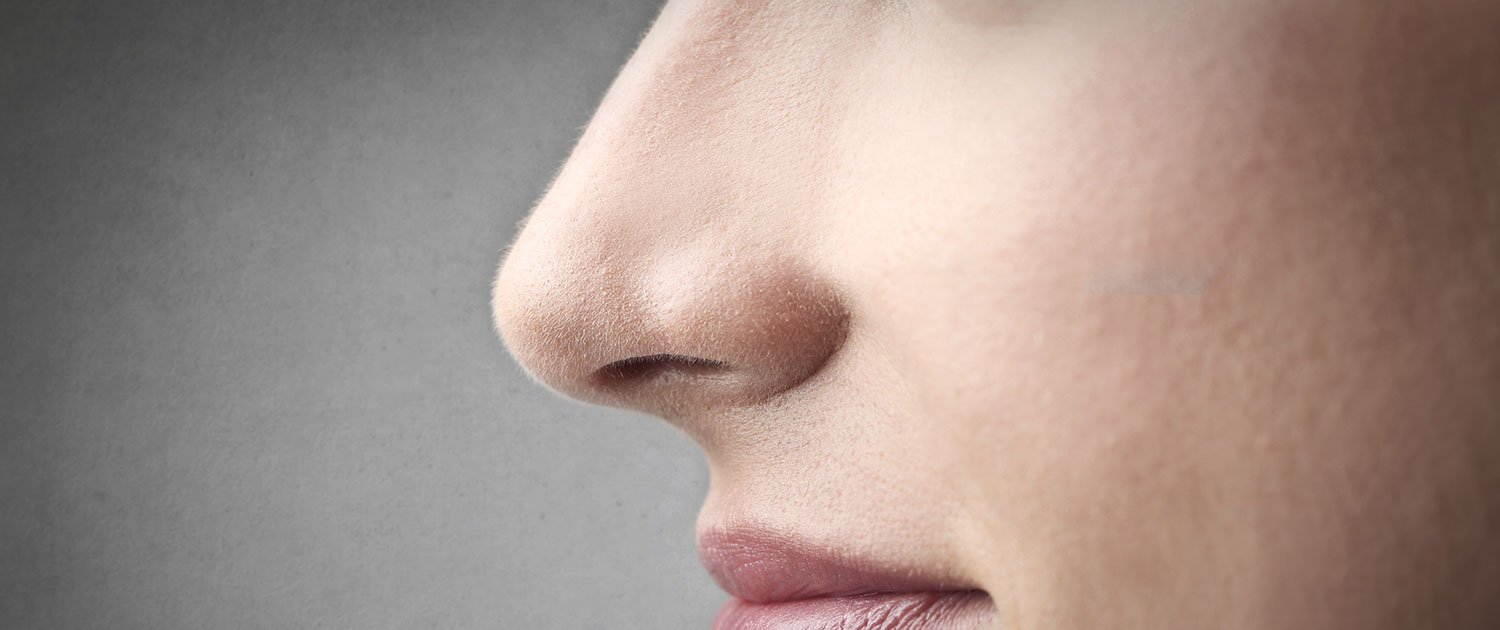Chemical Peels for Different Skin Types: What Riyadh Residents Should Know

Strong 8k brings an ultra-HD IPTV experience to your living room and your pocket.
Chemical peels have become increasingly popular in Riyadh as a non-invasive way to address various skin concerns. Many people are turning to chemical peels in Riyadh to achieve smoother, rejuvenated skin and address concerns like acne scars and pigmentation. However, it's essential to choose the right type of peel for your specific skin type to maximize results and minimize side effects.
Understanding Skin Types
Before diving into the world of chemical peels, it's crucial to identify your skin type:
Normal Skin: This skin type is balanced, neither too oily nor too dry. It has a fine texture and a healthy glow.
Oily Skin: This skin type produces excess sebum, leading to a shiny appearance and prone to acne breakouts.
Dry Skin: This skin type lacks moisture, often feeling tight and flaky.
Combination Skin: This skin type is a mix of oily and dry areas, typically with an oily T-zone (forehead, nose, and chin) and dry cheeks.
Sensitive Skin: This skin type is easily irritated and prone to redness, itching, and burning.
Choosing the Right Chemical Peel
The type of chemical peel recommended will depend on your skin type and specific concerns:
1. Normal Skin
Superficial Peels: A gentle superficial peel using alpha-hydroxy acids (AHAs) or beta-hydroxy acids (BHAs) can help maintain a healthy glow and prevent future skin problems.
2. Oily Skin
Beta-Hydroxy Acid (BHA) Peels: BHA peels, such as salicylic acid peels, are excellent for oily skin as they penetrate deep into pores to remove excess oil and dead skin cells.
Medium-Depth Peels: For more severe acne scars and hyperpigmentation, a medium-depth peel using trichloroacetic acid (TCA) can be effective.
3. Dry Skin
Alpha-Hydroxy Acid (AHA) Peels: AHA peels, such as glycolic acid peels, can help hydrate dry skin by removing dead skin cells and stimulating collagen production.
Hydrating Post-Treatment Care: It's essential to follow a hydrating skincare routine after the peel to maintain moisture balance.
4. Combination Skin
Customized Peels: A combination of AHA and BHA peels can target both oily and dry areas.
Targeted Treatments: Consider spot treatments for specific areas, such as the T-zone for oil control and the cheeks for hydration.
5. Sensitive Skin
Gentle Peels: Opt for mild superficial peels with low concentrations of acids.
Patch Test: Before a full facial peel, perform a patch test on a small area of skin to check for any adverse reactions.
Close Monitoring: Work with a skilled dermatologist who can monitor your skin closely during and after the procedure.
Additional Considerations
Sun Protection: Always wear broad-spectrum sunscreen with a high SPF to protect your skin from sun damage.
Post-Treatment Care: Follow your dermatologist's specific post-treatment care instructions to minimize side effects and maximize results.
Professional Consultation: Consult with a qualified dermatologist in Riyadh to discuss your skin concerns and determine the most suitable chemical peel for your needs.
By understanding your skin type and choosing the right chemical peel, you can achieve a healthier, more radiant complexion.
Understanding Chemical Peels
A chemical peel involves applying a chemical solution to the skin, which causes the top layers to peel off. This controlled injury stimulates the skin's natural healing process, leading to the growth of new, healthier skin cells.
Types of Chemical Peels
There are three main types of chemical peels, each with a different level of intensity:
Superficial Peels: These mild peels are suitable for addressing minor skin concerns like sun damage and fine lines. They typically use alpha-hydroxy acids (AHAs) or beta-hydroxy acids (BHAs).
Medium Peels: Medium peels penetrate deeper into the skin, targeting more severe issues like deeper wrinkles and acne scars. They often use trichloroacetic acid (TCA).
Deep Peels: Deep peels are the most intense type of chemical peel, capable of dramatically improving the appearance of deep wrinkles and sun damage. They typically use phenol.
Benefits of Chemical Peels
Improved Skin Texture: Exfoliation removes dead skin cells, leaving skin smoother and more radiant.
Reduced Acne and Acne Scars: Unclogs pores and helps fade acne scars.
Even Skin Tone and Reduced Hyperpigmentation: Lightens dark spots and sun damage.
Minimized Wrinkles and Fine Lines: Stimulates collagen production, plumping the skin.
Choosing the Right Clinic in Riyadh
When considering chemical peels in Riyadh, it's crucial to choose a reputable clinic with experienced dermatologists. Look for a clinic that:
Prioritizes Patient Safety: Ensures a safe and hygienic environment.
Offers Personalized Treatment Plans: Tailors treatments to individual needs.
Uses High-Quality Products: Employs advanced techniques and products.
Provides Post-Treatment Care: Offers guidance on skincare routines and sun protection.
Preparing for Your Chemical Peel
Before undergoing a chemical peel, it's essential to prepare your skin:
Consult a Dermatologist: Discuss your skin concerns and medical history with a dermatologist.
Avoid Sun Exposure: Protect your skin from the sun using sunscreen with a high SPF.
Avoid Certain Medications: Some medications may interact with the chemical peel solution.
Follow Pre-Treatment Instructions: Your dermatologist may recommend specific skincare products or medications.
Post-Treatment Care
After a chemical peel, it's crucial to follow your dermatologist's post-treatment care instructions to minimize side effects and maximize results. This may include:
Gentle Cleansing: Use gentle cleansers to avoid irritating the skin.
Moisturizing: Keep your skin hydrated with a gentle moisturizer.
Sun Protection: Always wear sunscreen with a high SPF to protect your skin from sun damage.
Avoid Certain Products: Avoid using harsh skincare products or makeup.
Potential Side Effects
While chemical peels are generally safe, there are potential side effects, including:
Redness and Swelling: These are common side effects that typically subside within a few days.
Peeling: The skin may peel, especially after deeper peels.
Pigmentation Changes: In some cases, temporary or permanent changes in skin color may occur.
By understanding the benefits, risks, and proper care associated with chemical peels, you can make an informed decision about whether this treatment is right for you.
Note: IndiBlogHub features both user-submitted and editorial content. We do not verify third-party contributions. Read our Disclaimer and Privacy Policyfor details.







